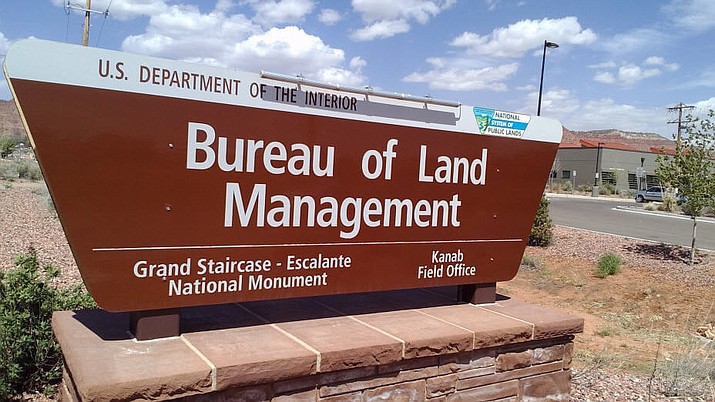Wildlife Habitat
-
An article in the Oregon Capital Chronicle focuses on cultural and prescribed burning fuel reduction and how they can preclude large wildfires, such as the 127,000 acre Cedar Creek Fire on the Willamette National Forest. The Cedar Creek fire was a wind-driven blaze that occurred during severe drought. The only thing that brought the blaze…
-
This past week, the Trust for Public Lands announced that it had secured a conservation easement for 13,000 acres in Northwest Montana as part of the Lost Trail Conservation Area. The easement precludes subdivision of the land for housing tracts and allows the landowner, Green Diamond, to continue its forestry operations. Advocates of this…
-
While those of us who care about our public lands and wildlife are often focused on on-the-ground conditions for this species or that, we can lose sight of the bigger picture. So many of the wildlands and wildlife problems we are concerned about are merely symptoms of agency capture, corruption. “The tendency of regulators to…
-
High-severity blazes are critical to healthy forest ecosystems. Photo George Wuerthner I read yet another study circulated by UC Davis and doggedly promoted by the national media, encouraging more prescribed burning, thinning, and forest manipulation to reduce large high-severity blazes characterized as “bad.” The headline from UC Davis proclaims that scientists have documented, “Unprecedented…
-
Cattle grazing and production is one of the most destructive of human activities, if a full accounting of all the costs were considered. Photo George Wuerthner I recently received a video titled Audubon Conservation Ranching: Hooves on the Ground, Wings in the Air from the Audubon Society. The video promotes beef production to save grassland…
-
** Guest post by Richard Spotts** An open letter from a former Bureau of Land Management employee to Secretary Deb Haaland. Dear Secretary Haaland: The Bureau of Land Management (BLM) in your Interior Department is broken and I know how you can and should fix it. BLM’s dominant management culture has long been (and…
-
Cattle congregating in the riparian area, Chama, New Mexico. Photo George Wuerthner SOIL CARBON AND LIVESTOCK Rangelands make up a large proportion of the Earth’s surface, and the soils hold a significant amount of sequestered carbon (Schuman,G.E et al. 2001). Rangelands are estimated to contain more than one-third of the world’s above and below ground…
-
The Gallatin Range south of Bozeman is one of the many wildlands that would receive wilderness designation in NREPA. Photo George Wuerthner On March 10th, Representative Maloney of New York reintroduced the Northern Rockies Ecosystem Protection Act (NREPA) legislation into Congress. NREPA is visionary. The legislation is big—it would protect 23 million acres as designated…



